Scientific highlights
Every year, a committee of experts sits down with a tough job to do: from among all ICREA publications, they must find a handful that stand out from all the others. This is indeed a challenge. The debates are sometimes heated and always difficult but, in the end, a shortlist of the most outstanding publications of the year is produced. No prize is awarded, and the only additional acknowledge is the honour of being chosen and highlighted by ICREA. Each piece has something unique about it, whether it be a particularly elegant solution, the huge impact it has in the media or the sheer fascination it generates as a truly new idea. For whatever the reason, these are the best of the best and, as such, we are proud to share them here.
76 results
Certified predictions for quantum states of many particles
2024
Engineering Sciences
A Neanderthal’s burning structure for tar obtention
2024
Humanities
Characterization of druggable pockets in the human proteome
2024
Life & Medical Sciences
Males and females have different brain connectivity to process the same memory.
2024
Social & Behavioural Sciences
From heat racism and heat gentrification to urban heat justice in the USA and Europe
2024
Social & Behavioural Sciences
Efficiency enhancement in Lithium-Sulfur batteries
2024
Engineering Sciences
Revealing the Stories of Black Lives in Early Modern Spain
2024
Humanities
A novel universal light-based technique to encode information in quantum materials
2024
Experimental Sciences & Mathematics
Can We Predict Crime? Should We?
2024
Engineering Sciences
Bending for better photovoltaics
2024
Experimental Sciences & Mathematics
Atomic optical antennas
2024
Experimental Sciences & Mathematics
Stories of Clay: Discovering Chosŏn Korean Potters in Tokugawa Japan
2024
Humanities
Hunting Human and Animal Trophies in the East Asian War of 1592–1598
2024
Humanities
AI Spots Cancer cells, Stem cells and Viral Infected cells at Nanoscale Precision
2024
Life & Medical Sciences
Are you a robot? Detecting Autonomous Vehicles from Behavior Analysis
2024
Engineering Sciences
ANNUAL REPORT
These research reports summarize the work done during a year.
Our most recent Memoir is that of 2024. Click in the image to visit it. We hope you enjoy it.

